Responding to text dependent questions requires that students go back into the text to support their answers rather than responding based on memory or prior knowledge. Some teachers call this close reading of a text, after the initial reading to get the gist. I learned the hard way about using the term “close reading” with primary grade students when my first graders took this to mean being physically close to the print and all but put their noses into the book! For younger children, perhaps for those who have a more literal approach, using the terms “careful reading” might work better.
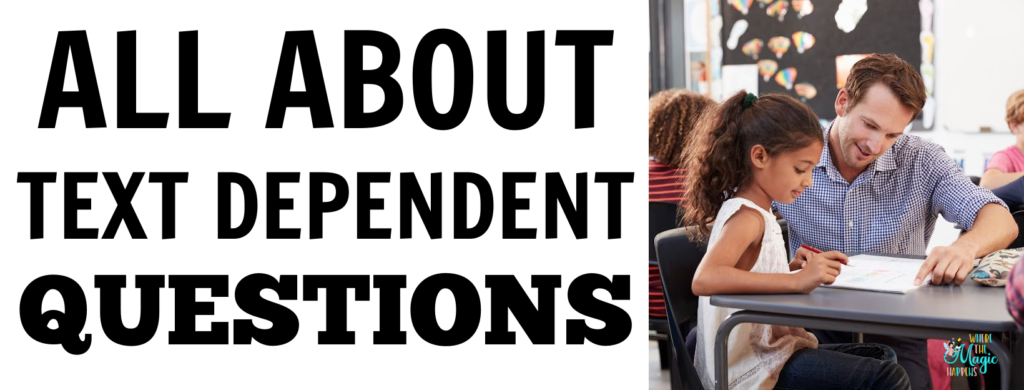
As with the teaching of most comprehension skills, how to answer text dependent questions is initially best taught during shared reading when the children can see the text (as opposed to a read aloud when they cannot). I normally project the text on my Smartboard. I use carefully selected text that is above my students’ level for demonstration of comprehension skills. For digital books, I normally use Libby. You can learn more about FREE digital books HERE.
It is important to keep in mind that the purpose of this kind of discussion, is to enhance thinking and learning… not parroting back words from the text even though words from the text are used. Shared reading is the time I model how to ask and find the answers to text dependent questions within the actual text when I physically control where to look.
Once children are in small, guided close reading groups with text in their hands, they have had experiences working with the teacher in a more controlled, shared reading setting. Keep in mind that you can do this with the books and articles you are already sharing with the students. It does not mean adding something to your school day but rather changing your approach to how you use text in your classroom.
To teach children how to respond to text dependent questions during guided close reading and locate possible responses within the text, I use a three-stage experience. For me, the sequence goes something like this:
Stage 1• What does the text say?
After the first reading of the text, the questioning / discussion focuses on literal level
questions such as: Who are the main characters? or What is the main idea? These
questions should focus on general information and key details, those essential for
understanding the meaning of the text used. Often questions at this point include the who,
what, where, when, why, and how type questions. Whatever the text dependent questions being discussed, the initial question is followed by “how do you know?” or “where is this information in the text?” It is important that students have this general understanding of the text before moving on to analysis in sessions 2 and 3.
Stage 2 • How does the text work?
This session is based on a second reading of all or part of the text. The teacher provides a summary of the text and then focuses the text dependent questions to be considered, honing-in on deeper thinking about the text like “How does ____ change from the beginning of the story to the end?” or “What language does the author use to let us know how ____ was feeling?” Often word choice by the author fits well here with questions like “Why did the author use the word roared rather than said? Again, the questions by the teacher must include “how do you know?” to take the students back into the text.
Stage 3 • What does the text mean?
At this point the students have heard or read the text two times already so it is very
possible they will be able to provide a summary of the key ideas from the text themselves
rather than the teacher providing the summary. The questioning / discussion focuses on
inferences or opinions about the text using information from the text to support them. The
questions could be ones like “What did you learn about _____ in the text? or “Why did
____ do ____ in the story?” In other words, there could be multiple responses to the
question using support within the text.
To sum up…
Having guided discussion of text, requires that I develop authentic questions to lead the discussion and then organize the questions into a potential sequence that supports the development of thinking from key literal ideas to inference and author’s purpose. I find
something like Bloom’s Taxonomy is helpful here. I also check to be sure that the text dependent questions developed can be supported with information within the text and not personal knowledge or experiences. This question development is quite different than asking questions provided by a teacher’s guide provided by an outside source… although sometimes I find there are good examples of questions to ask in these resources.
Modeling this kind of question and response in a supported setting, leads students to begin to think this way when reading independently. If my goal is to help students become thoughtful readers, rather than word callers, it is important that I guide students to think about what the text offers the reader. Deep discussion in literature / book discussion groups doesn’t happen by chance, but by the way I have guided my students to think while reading using text dependent questions. Outside of school, students will become better consumers of information and entertainment when they have these experiences in my classroom.
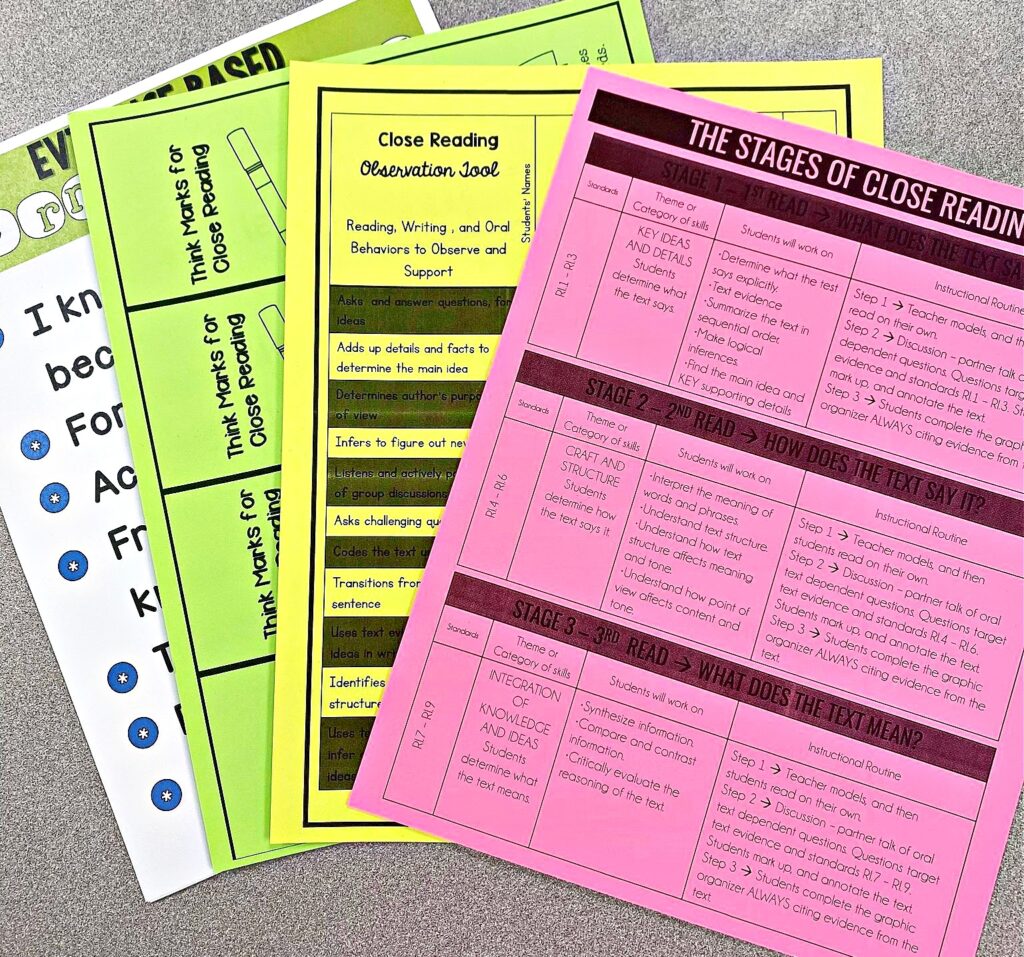
FREEBIE ALERT!
To make things EASY-PEASY for you my dear teacher friend, I have put this close reading guide just for you. You will find:
- The stages of close reading guide
- Observation tool for your small groups.
- Bookmarks with think-marks.
- Close reading in the primary grades guide
- Close reading in the elementary grades guide
- Text evidence poster
This close reading guide can be used with any text during close reading, it truly is a time saver!

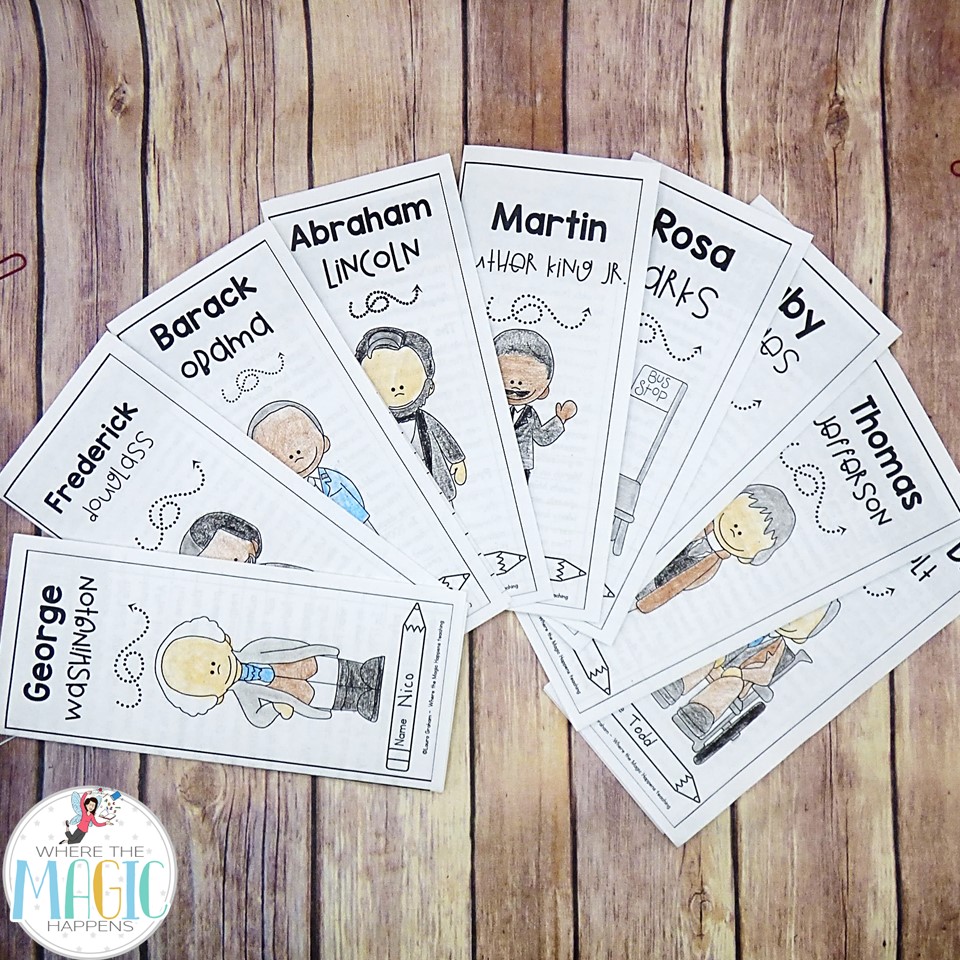


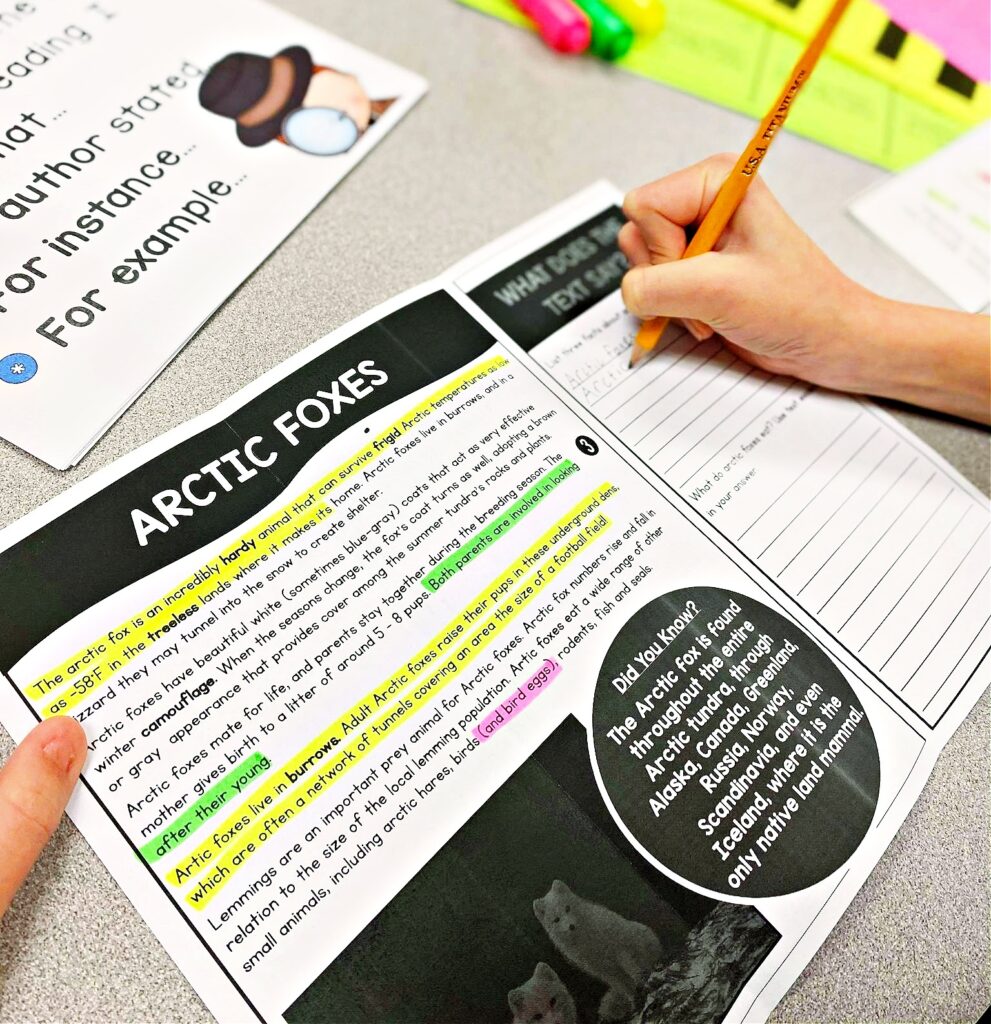
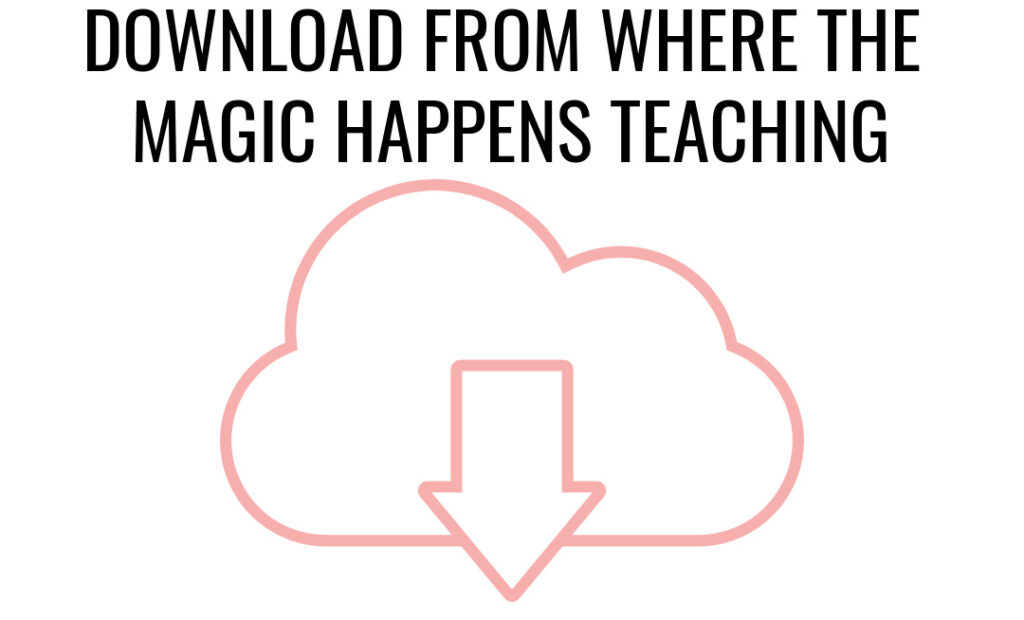
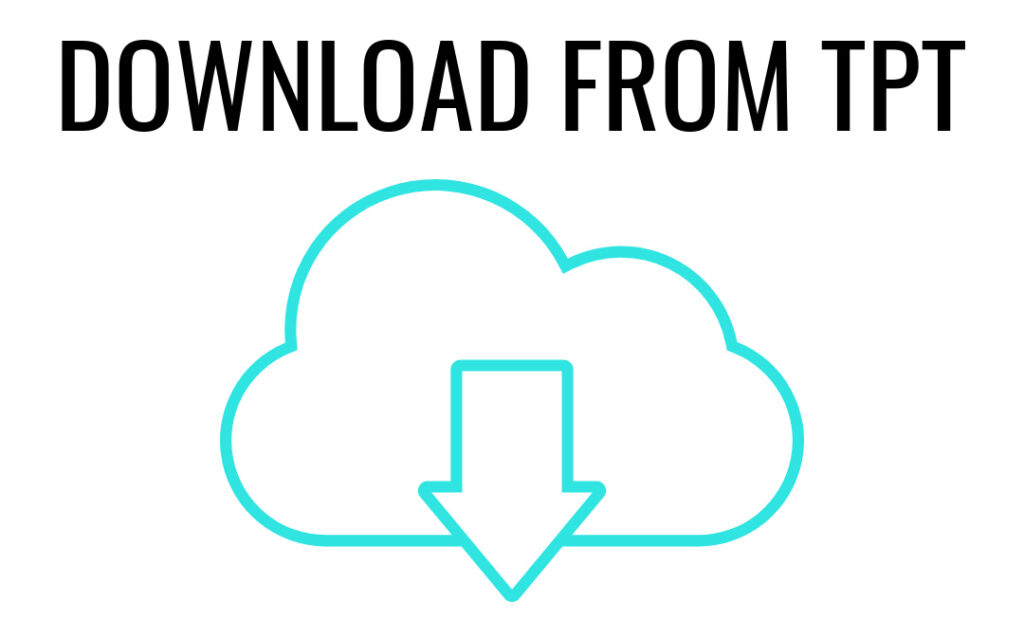
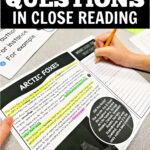
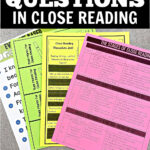
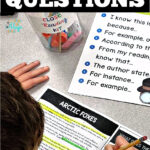
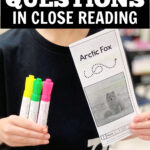
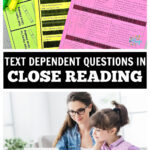
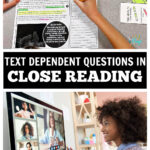
Leave a Reply